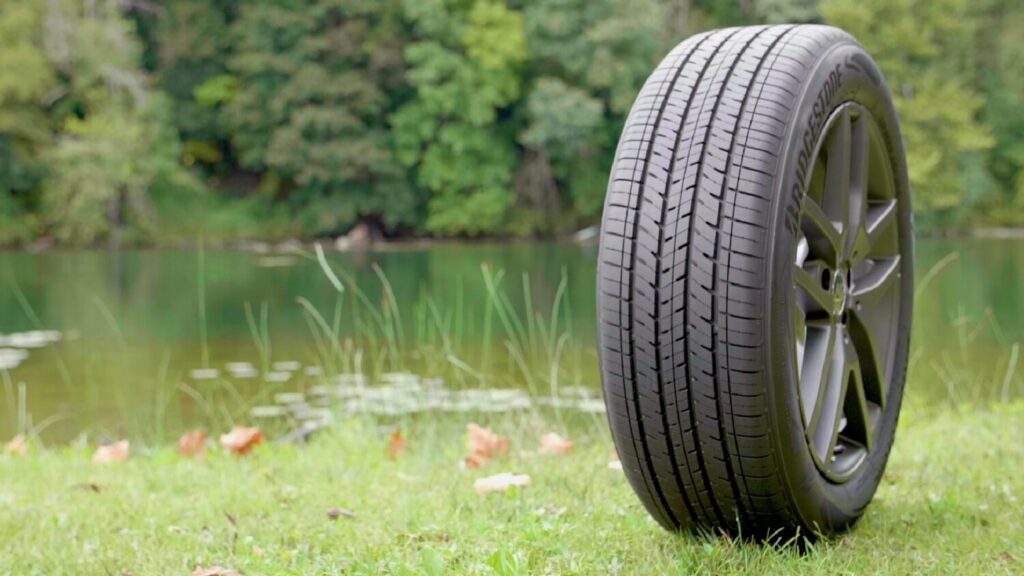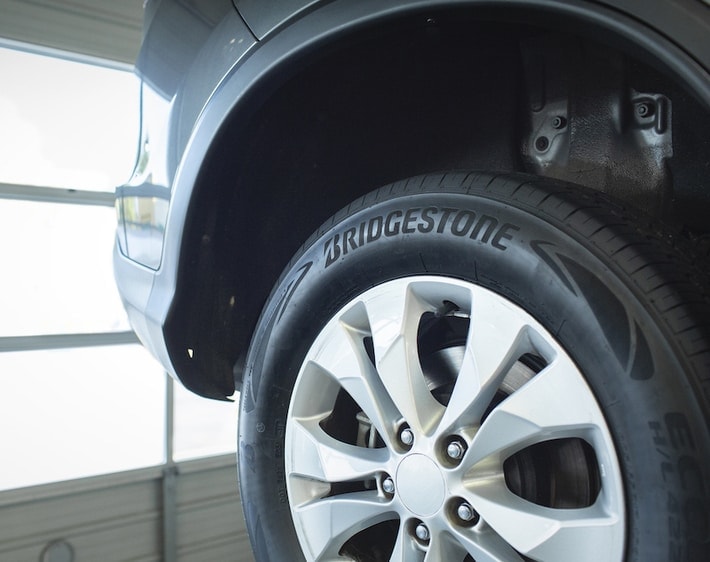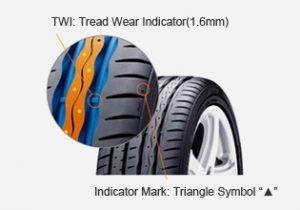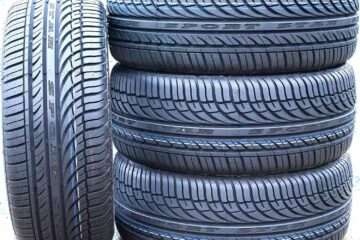While your driving are crucial, regular maintenance cannot be overlooked. Remember, tires are a critical safety component of your vehicle. They deserve as much attention as any other part of your car. Drive responsibly and maintain your tires well to keep them rolling longer by good driving habits.
The Bridgestone Ecopia H/L 422 Plus is an all-season tire that has garnered attention for its eco-friendly features and performance. Here’s a comprehensive review based on various sources:
Performance Ratings:
- Dry Traction: 90/100 – bridgestone ecopia h/l 422 plus provides excellent dry traction, making it a reliable choice for everyday driving conditions.
- Wet Traction: 85/100 – bridgestone ecopia h/l 422 plus offers manageable handling and decent stopping distances in wet conditions, although it may not match the traction of conventional all-season tires.
- Snow Traction: 80/100 – While it can handle light snow, it’s not as effective on icy surfaces compared to specialized winter tires.
- Comfort: 86/100 – Drivers can expect a smooth and quiet ride, contributing to a comfortable driving experience.
- Noise: 75/100 – The tire’s design reduces road noise, ensuring a peaceful journey.
- Treadwear: 84/100 – With proper care and maintenance, the bridgestone ecopia h/l 422 plus offers an extended lifespan and comes with a 70,000-mile limited treadwear warranty.
Overall Rating: 83/100 – The tire is a solid choice for drivers looking for an environmentally friendly option without compromising on performance and comfort.

Advantages:
- Eco-Friendly: The bridgestone ecopia h/l 422 plus compound significantly reduces rolling resistance, which can lead to fuel savings and a smaller carbon footprint.
- Durability: The bridgestone ecopia h/l 422 plus tire is designed to last and comes with a comprehensive warranty, ensuring long-term value.
Disadvantages:
- Winter Performance: It may not provide the best traction in severe winter conditions, so it might not be the ideal choice for regions with heavy snowfall.

Maintenance Indicators
Car tire maintenance is essential for safety, performance, and longevity. One crucial aspect of tire care is recognizing and addressing maintenance indicators promptly. Ignoring these signs can lead to tire damage, reduced traction, and safety risks. In this article, we’ll explore common tire maintenance indicators that drivers should be aware of and what actions to take when these signs appear.
You may also check
Proper Tire Inflation: Ensuring a Smooth and Safe Ride
When it comes to maintaining our vehicles, one crucial aspect that is often overlooked is proper tire inflation. Contrary to…
- Tread Wear Indicators: Tread wear indicators are built into modern tires as small bars located at various points in the tread grooves. When the tread depth reaches the level of these indicators (typically 2/32 of an inch), it indicates that the tire has reached the minimum legal tread depth and needs replacement. Ignoring tread wear indicators can lead to reduced traction, especially in wet or slippery conditions, increasing the risk of hydroplaning and accidents.
- Uneven Tread Wear: Uneven tread wear is a common indicator of issues such as improper wheel alignment, unbalanced tires, or suspension problems. Signs of uneven wear include one side of the tread wearing faster than the other or patches of worn tread. Addressing the underlying cause, such as getting a wheel alignment or tire balancing, can prevent further wear and extend tire life.

- Bulges or Blisters: Bulges or blisters on the tire sidewall indicate internal damage, such as a weakened area or a separated belt. These issues can result from hitting potholes, curbs, or other road hazards. Continuing to drive with bulges or blisters can lead to tire failure and blowouts. If you notice these signs, replace the tire immediately to avoid safety risks.
- Cracks or Cuts: Cracks, cuts, or punctures on the tire tread or sidewall can compromise tire integrity and lead to air leakage or blowouts. Inspect your tires regularly for any signs of damage, especially after driving on rough roads or debris-filled areas. Small cuts or punctures can sometimes be repaired if they are within repairable limits and not near the sidewall.
You May also check
No One Talks About Useful Tips When to replace car tires?
When to replace car tires, Knowing when to replace your car tires is a critical part of vehicle maintenance, directly […]
- Vibration or Shaking: Excessive vibration or shaking while driving can indicate issues with tire balance, wheel alignment, or suspension components. Unbalanced tires can lead to uneven wear and affect vehicle handling. If you experience persistent vibrations, have your tires and suspension system inspected by a professional to identify and resolve the issue.
- Low Tire Pressure Warning: Many modern vehicles are equipped with tire pressure monitoring systems (TPMS) that alert drivers to low tire pressure. Ignoring low tire pressure warnings can result in reduced fuel efficiency, uneven wear, and tire damage. Check and inflate tires to the recommended pressure levels to maintain optimal performance and safety.
Conclusion – Bridgestone ecopia h/l 422 plus
The bridgestone ecopia h/l 422 plus stands out for its eco-friendly technology, fuel efficiency, and overall performance. It’s a great fit for SUVs, CUVs, and minivans, particularly for drivers who prioritize environmental impact and cost savings. However, those living in areas with harsh winter conditions might need to consider additional options for better ice and snow performance. With its comprehensive warranty and the Bridgestone reputation for quality, the bridgestone ecopia h/l 422 plus is a compelling option for your vehicle.




